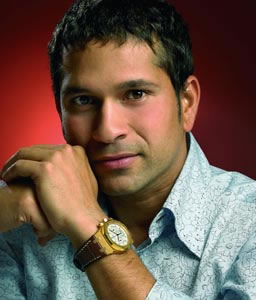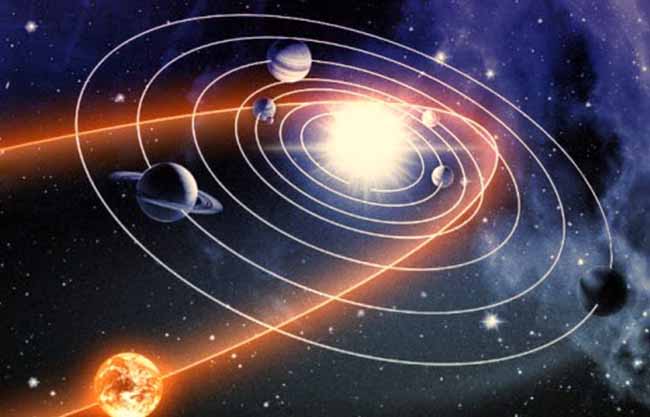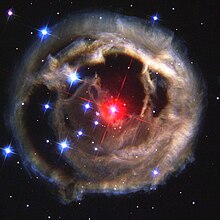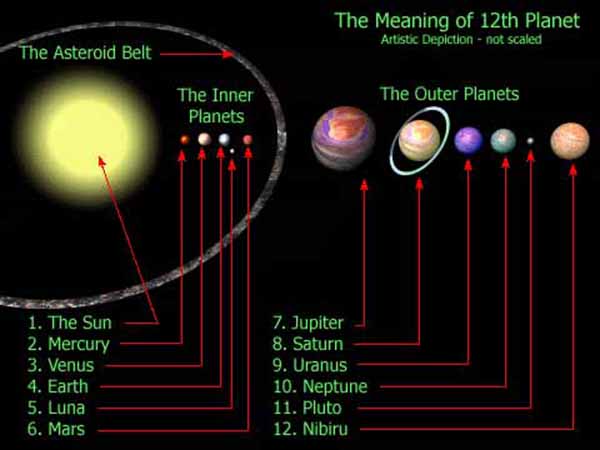1. Sachin Tendulkar is the Highest Run scorer in the One day Internationals
2. Sachin Tendulkar is the Highest Run scorer in the Test Cricket
5. Most number of nineties in the ODI
6. Most number of man of the matches in the ODI's -61
7. Most number of man of the series(15) in ODI's
8. Best average for man of the matches in ODI's
9. First Cricketer to pass 10000 run in the ODI
10. First Cricketer to pass 15000, 16000, 17000 run in the ODI
11. He is the highest run scorer in the world cup (1,796 at an average of 59.87 as on 20 March 2007)
12. Most number of the man of the matches in the world cup
13. Most number of runs 1996 world cup 523 runs in the 1996 Cricket World Cup at an average of 87.16
14. Most number of runs in the 2003 world cup 673 runs in 2003 Cricket World Cup, highest by any player in a single Cricket World Cup
15. Man of the Tournament in the 2003 Cricket World Cup.
16. Most number of Fifties in ODI's
17. He is the only player to be in top 10 ICC ranking for 10 years.
18. He is one of the three batsmen to surpass 11,000 runs in Test cricket, and the first Indian to do so.
19. First and only cricketer to get Rajiv Gandhi Khel Ratna. India's highest sporting honor
20. In 2003, Wisden rated Tendulkar as d No. 1 and Richards at No. 2 in all time Greatest ODI player
21. In 2002, Wisden rated him as the second greatest Test batsman after Sir Donald Bradman.
22. he was involved in unbroken 664-run partnership in a Harris Shield game in 1988 with friend and team mate Vinod Kambli.
23. Tendulkar is the only player to score a century in all three of his Ranji Trophy, Duleep Trophy and Irani Trophy debuts
24. In 1992, at the age of 19, Tendulkar became the first overseas born player to represent Yorkshire
25. Tendulkar has been granted the Rajiv Gandhi Khel Ratna, Arjuna Award and Padma vibhushan by Indian government. He is the only Indian cricketer to get all of them. And the only cricketer to receive Padma vibhushan.
26. Tendulkar has scored over 1000 runs in a calendar year in ODI's 8 times
27. Tendulkar has scored 1894 runs in calendar year in ODI's most by any batsman
28.First batsman in the history who was given out through third umpire.
29. He has the least percentage of the man of the matches awards won when team looses a match. Out of his 61 man of the match awards only 7 times India has lost.
30. Tendulkar most number man of match awards against Australia
31. Tendulkar was the first batsman in history to score over 50 centuries in international cricket
32. Tendulkar was the first batsman in history to score over 75 centuries in international cricket: 93 centuries
33. Has the most overall runs in cricket, (ODIs+Tests+Twenty20s), as of 30 June 2007 he had accumulated almost 26,000 runs overall.
34. Sachin Tendulkar with Sourav Ganguly hold the world record for the maximum number of runs scored by the opening partnership. They have put together 6,271 runs in 128 matches
35. The 20 century partnerships for opening pair with Sourav Ganguly is a world record
36. Sachin Tendulkar and Rahul Dravid hold the world record for the highest partnership in ODI matches when they scored 331 runs against New Zealand in 1999 (Sachin 186*, Dravid 153)
37. Sachin Tendulkar has been involved in six 200 run partnerships in ODI matches - a record that he shares with Sourav Ganguly and Rahul Dravid
38. Most Centuries in a calendar year: 9 ODI centuries in 1998
39. Only player to have over 100 innings of 50+ runs (41 Centuries and 87 Fifties)(as of 18th Nov, 2007)
40. the only player ever to cross the 13,000-14,000 - 15, 000and 16,000 run marks IN ODI.
41. He hit the fastest double century in any international match
42. Maximum number of 150 plus scores in ODIs
43. Tendulkar has scored over 1000 ODI runs against all major Cricketing nations.
44. Sachin was the fastest to reach 10,000 runs taking 259 innings and has the highest batting average among batsmen with over 10,000 ODI runs
45. Most number of Stadium Appearances: 90 different Grounds
46. Consecutive ODI Appearances: 185
47. On his debut, Sachin Tendulkar was the second youngest debutant in the world
48. When Tendulkar scored his maiden century in 1990, he was the second youngest to score a century
49. Tendulkar's record of five test centuries before he turned 20 is a current world record
50. Tendulkar holds the current record (217 against NZ in 1999/00 Season) for the highest score in Test cricket by an Indian when captaining the side
51. Tendulkar has scored centuries against all test playing nations. He was the third batman to achieve the distinction after Steve Waugh and Gary Kirsten
52. Tendulkar has 4 seasons in test cricket with 1000 or more runs - 2002 (1392 runs), 1999 (1088 runs), 2001 (1003 runs) and 1997 (1000 runs).[6] Gavaskar is the only other Indian with four seasons of 1000+ runs
53. He is second most number of seasons with over 1000 runs in world.
54. On 3 January 2007 Sachin Tendulkar (5751) edged past Brian Lara's (5736) world record of runs scored in Tests away from home
55. Tendulkar and Brian Lara are the fastest to score 10,000 runs in Test cricket history. Both of them achieved this in 195 innings
56. Second Indian after Sunil Gavaskar to make over 10,000 runs in Test matches
57. Became the first Indian to surpass the 11,000 Test run mark and the third International player behind Allan Border and Brian Lara.
58. Tendulkar is fourth on the list of players with most Test caps. Steve Waugh (168 Tests), Allan Border (158 Tests), have appeared in more games than Tendulkar.
59. Tendulkar has played the most number of Test Matches for India (Kapil Dev is second with 131 Test appearances).
60. First to 25,000 international runs
61. Tendulkar's 25,000+ runs in international cricket include 17000+ runs in ODI's, 13,000+ Tests runs and 10 runs in the lone Twenty20 that India has played.
62. On December 10, 2005, Tendulkar made his 35th century in Tests at Delhi against Sri Lanka. He surpassed Sunil Gavaskar's record of 34 centuries to become the man with the most number of hundreds in Test cricket.
63. Tendulkar is the only player who has 150 wkts and more than 15000 runs in ODI
64. Tendulkar is the only player who has 40 wkts and more than 11000 runs in Tests
65. Sachin hit the first double century in the 40 year history of one day internationals
66. Maximum number of boundaries in a single innings
67. Heighest score in ODI cricket 200*
68.Only one who achieved centuries of centuries.
68.Only one who achieved centuries of centuries.







